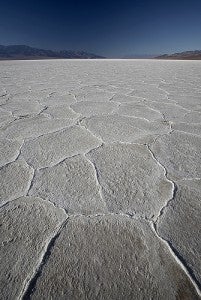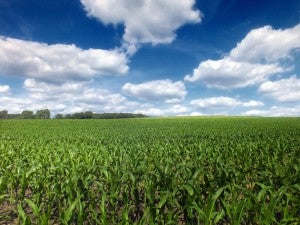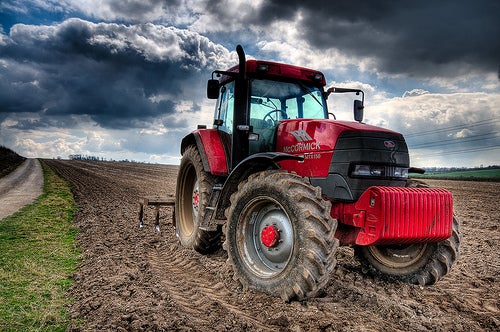 (Updated July 16, 2015)
(Updated July 16, 2015)
A bill to supposedly address California’s devastating drought, authored by Rep. David Valadao, cleared the House of Representatives today.
Unfortunately, this proposal – dubiously named the Western Water and American Food Security Act of 2015 – is yet another attempt to move more water through California’s vast Central Valley Project at a time when we can least afford it and at the expense of many water users.
Among other problems, the bill would permanently undermine science-based protections and regulatory assurances for at-risk species and ecosystems that are essential in providing reliable food, safe drinking water, and jobs to millions of Americans.
The proposed tradeoffs here are nothing new. Similar bills – H.R. 3964 and 5781 in 2014, both opposed by the White House and the State of California – also pitted fish against farms.
It’s time we move away from finger pointing and start finding collaborative solutions to the drought that increase the resiliency of our freshwater ecosystems while supporting agricultural communities in California’s Central Valley. Read More »
 Today, President Obama announced a plan to safeguard America’s land, water and wildlife by establishing a “no net loss” standard for mitigating impacts on natural resources and encouraging related private investment to deliver better outcomes for the environment.
Today, President Obama announced a plan to safeguard America’s land, water and wildlife by establishing a “no net loss” standard for mitigating impacts on natural resources and encouraging related private investment to deliver better outcomes for the environment.











